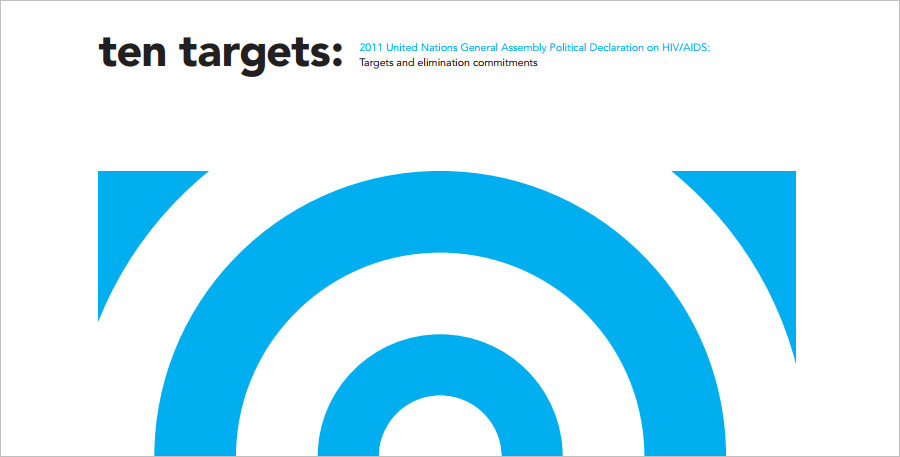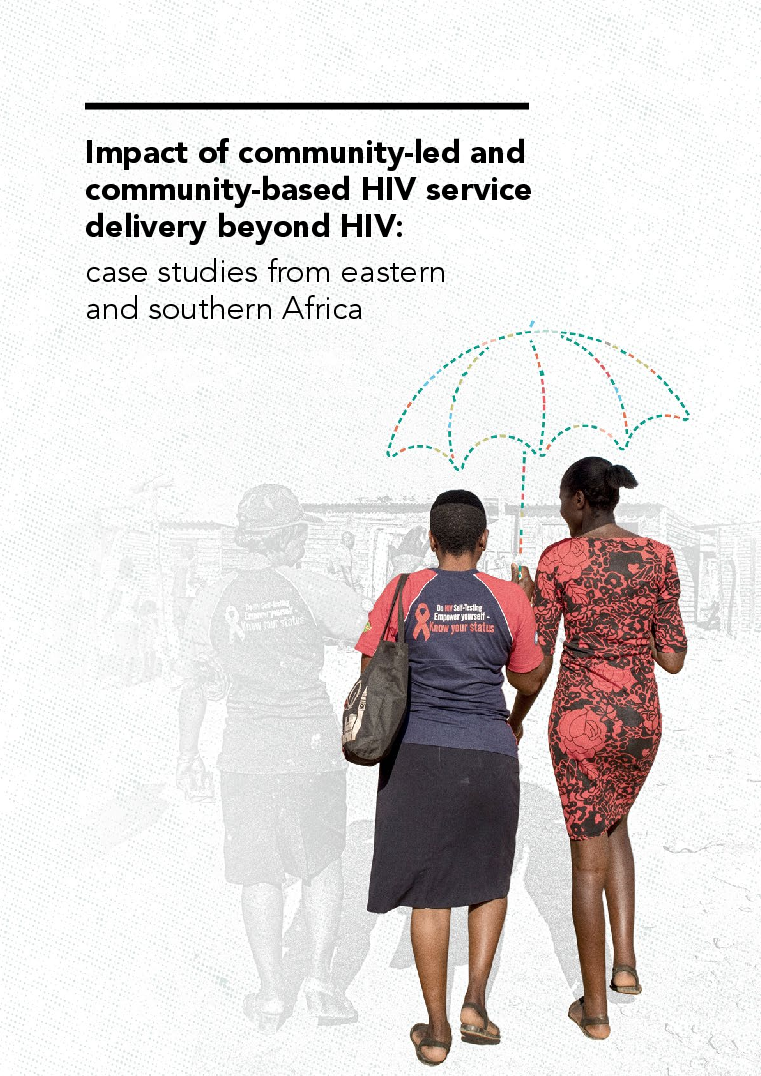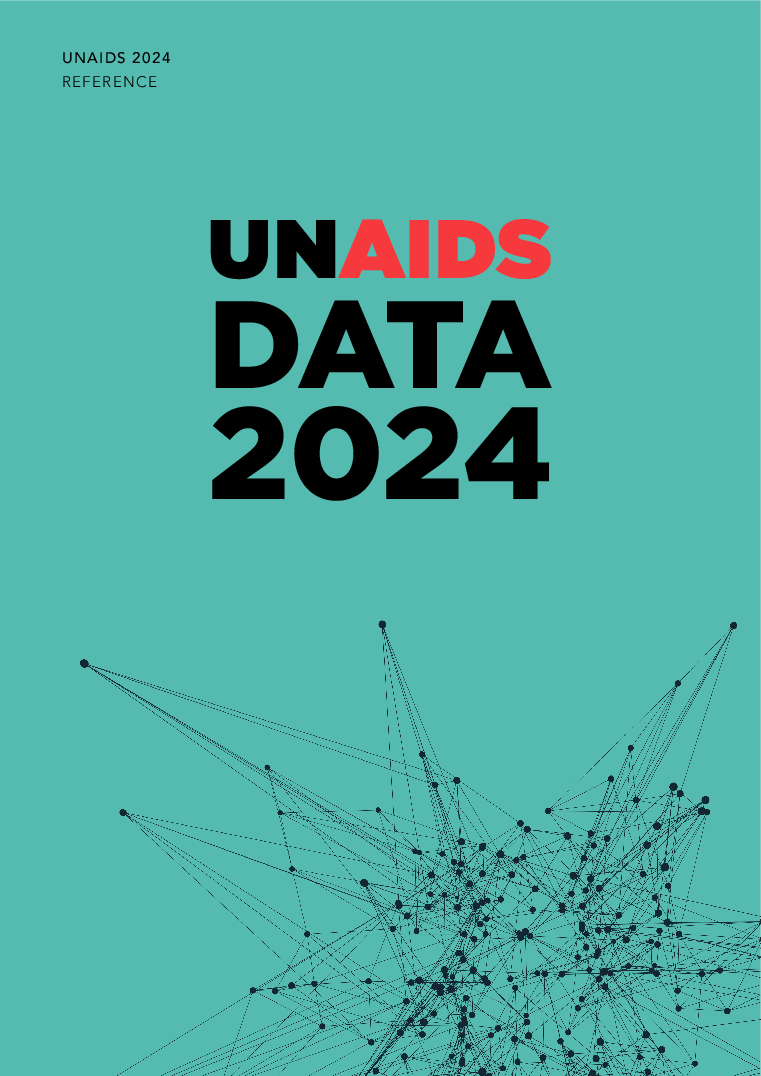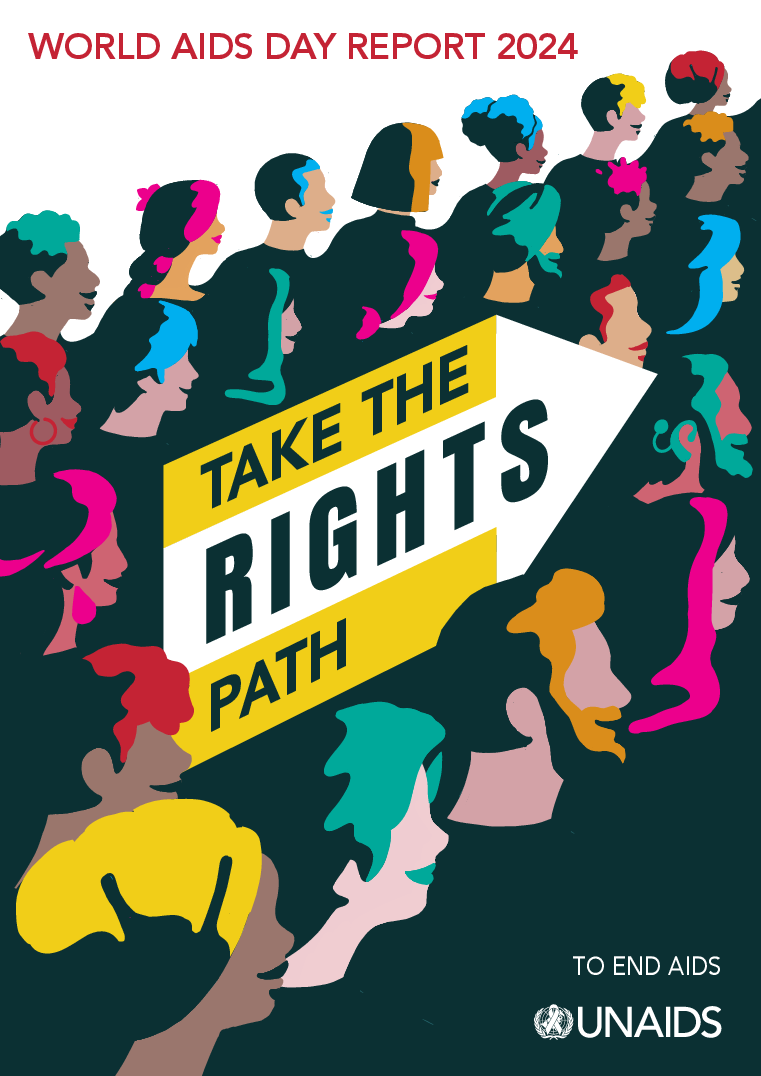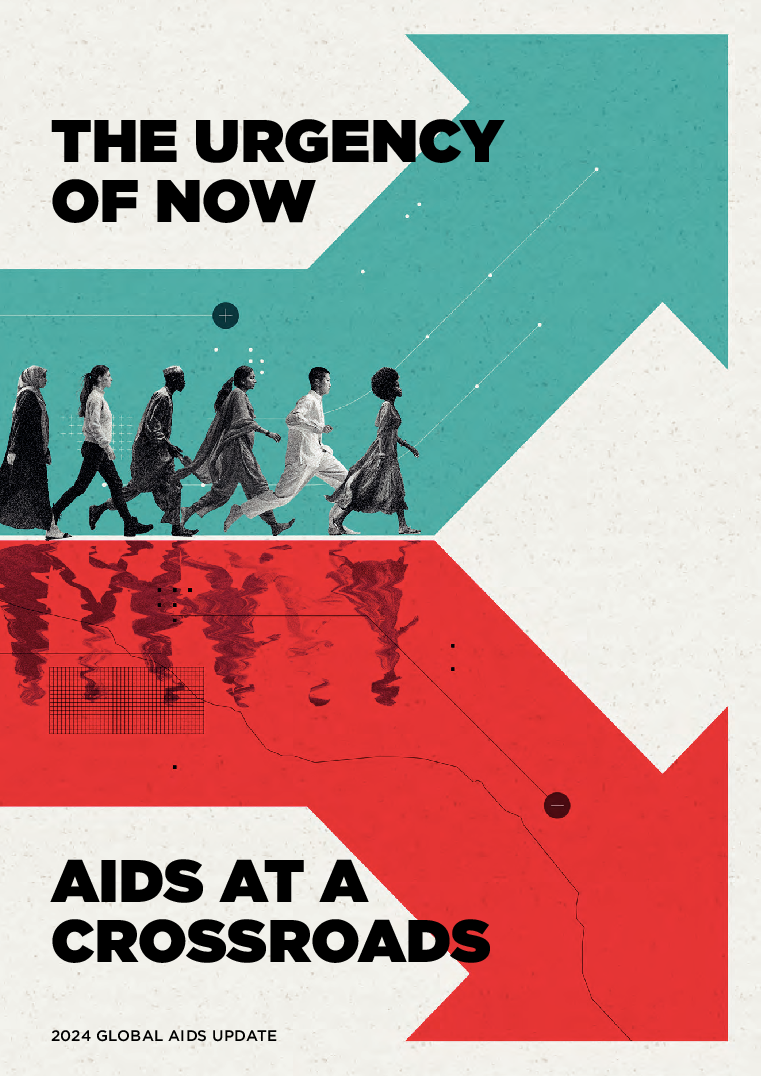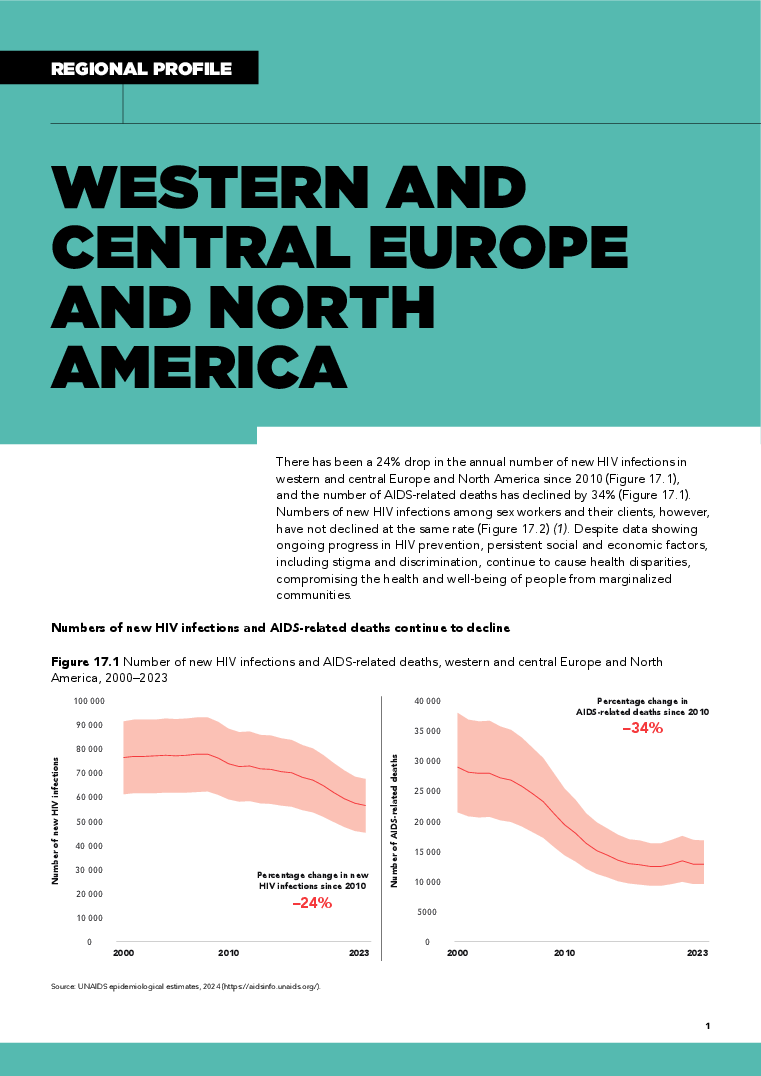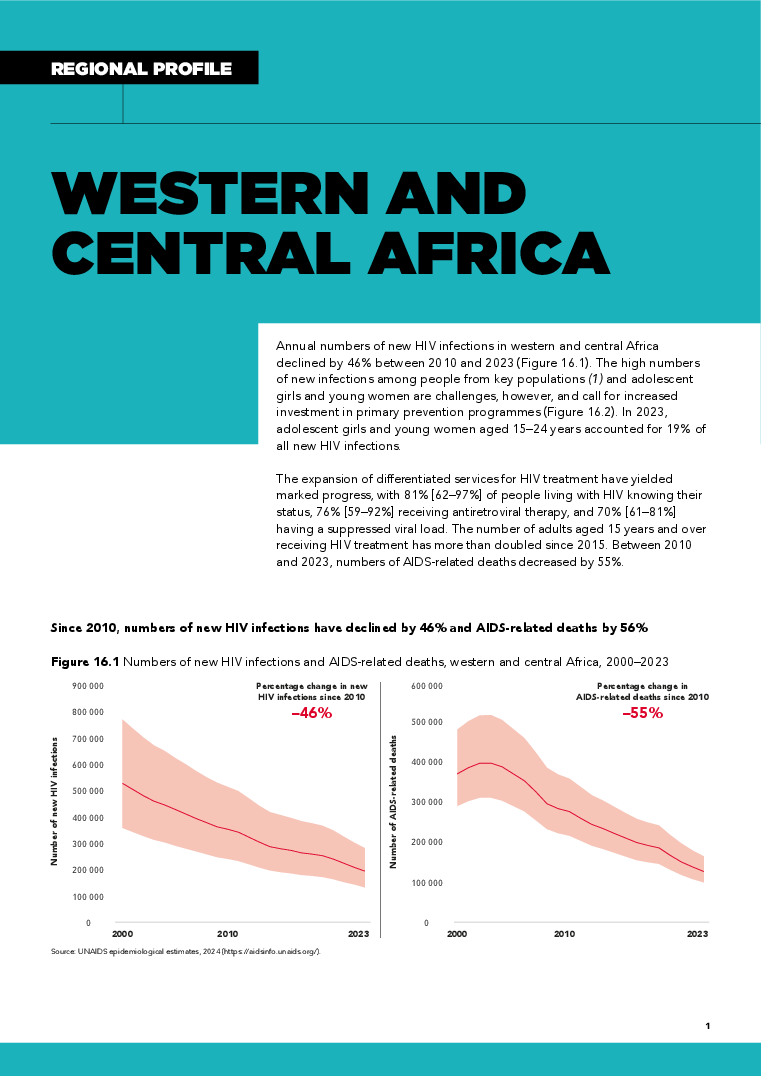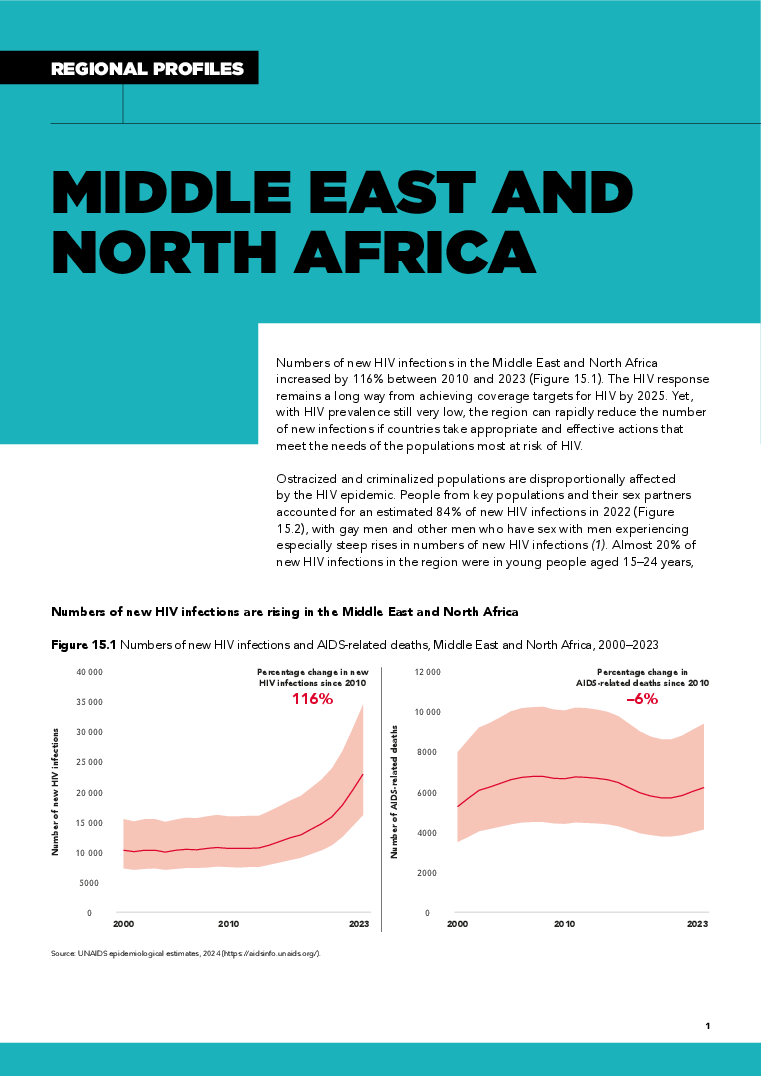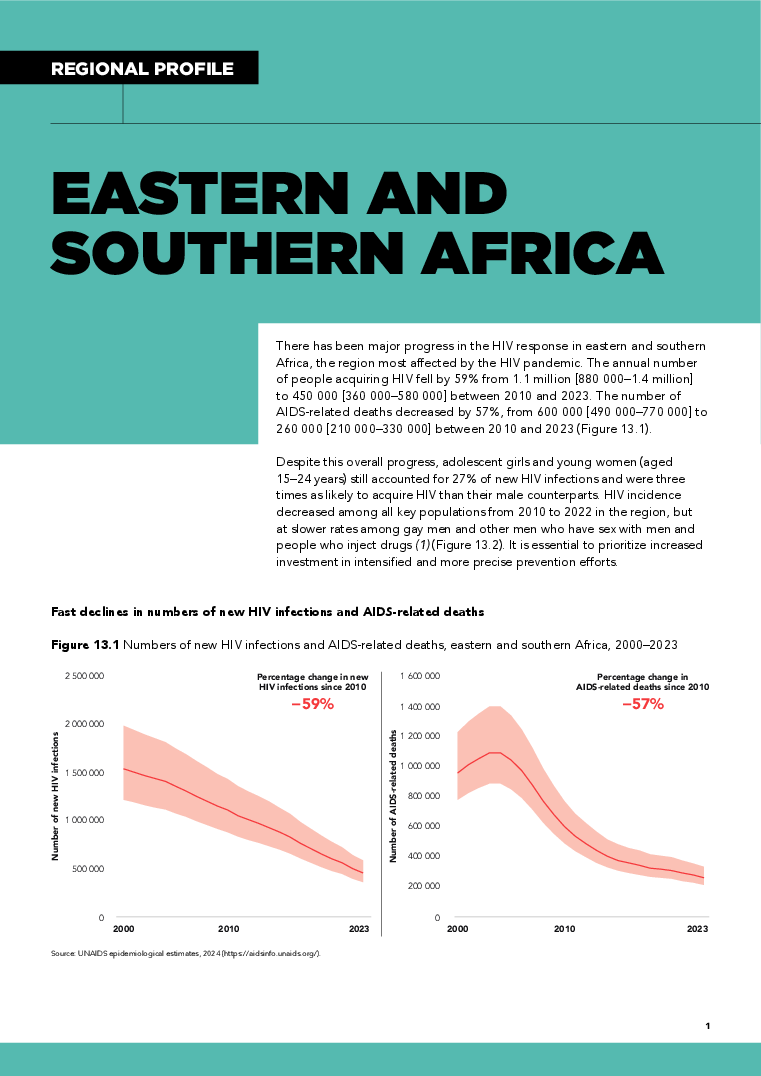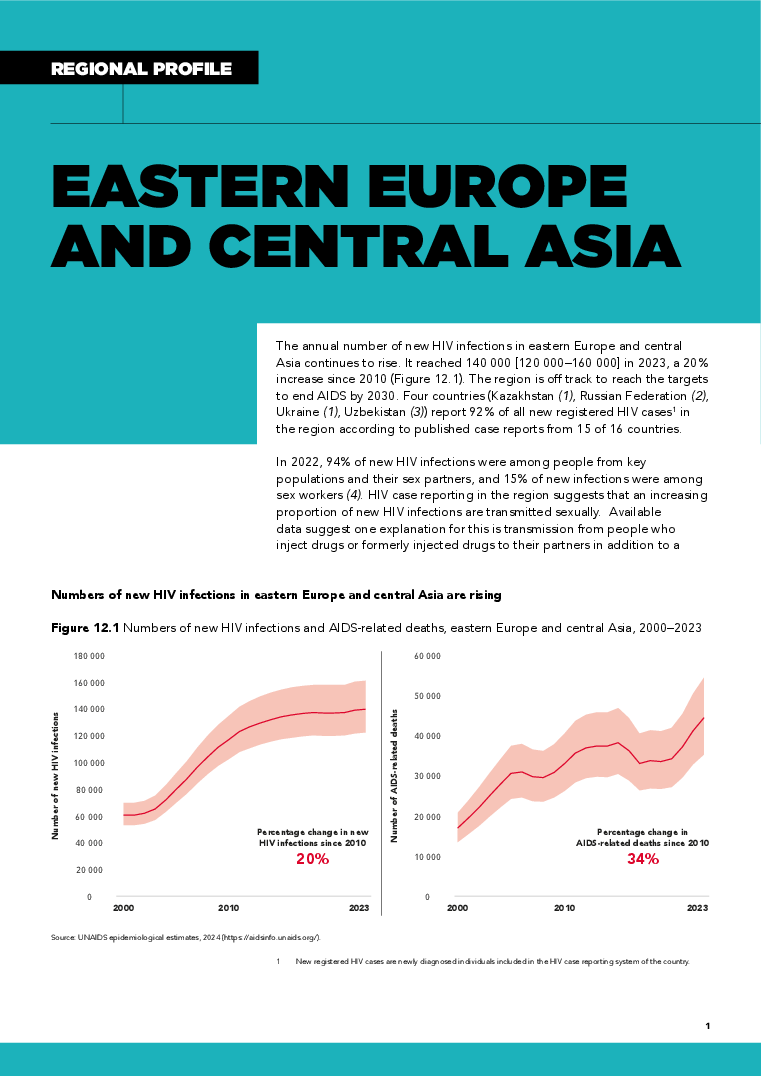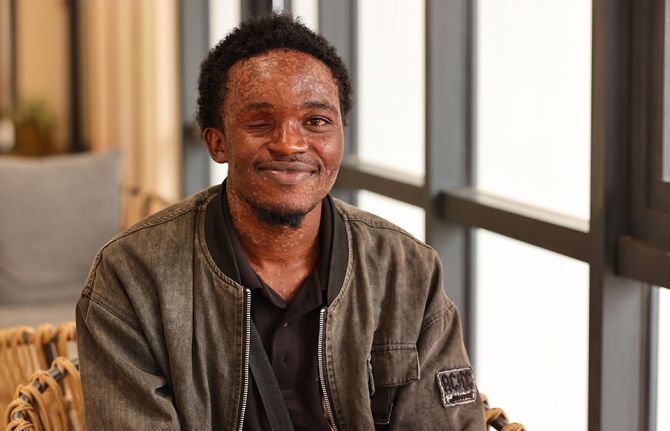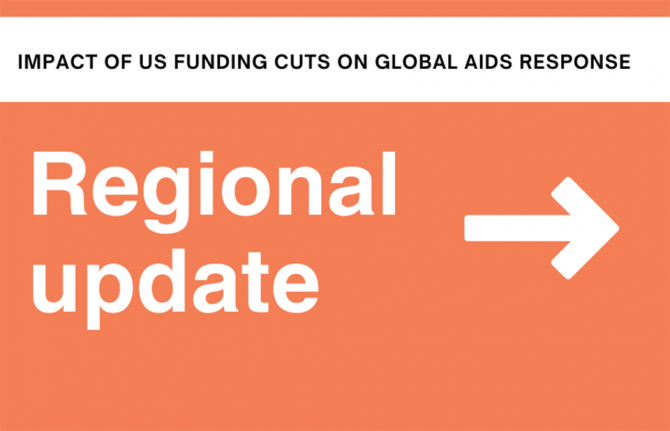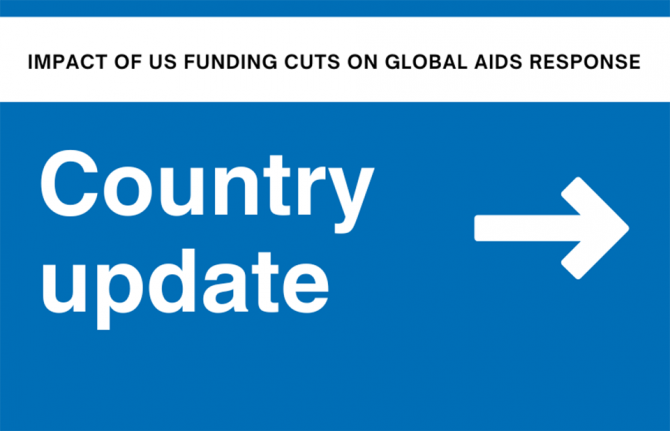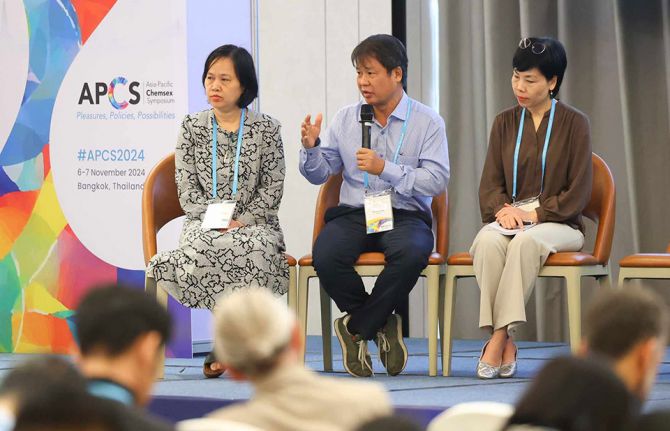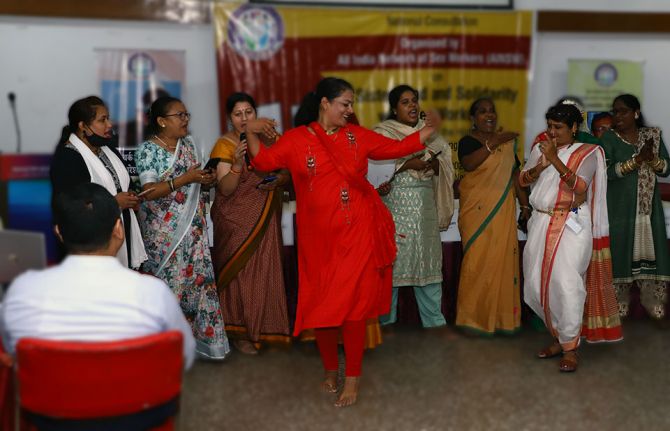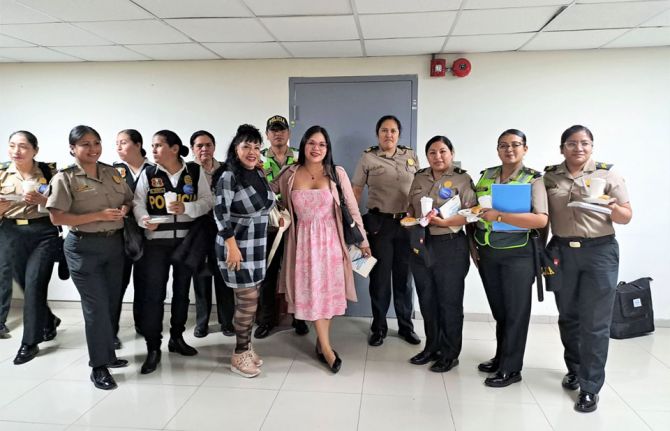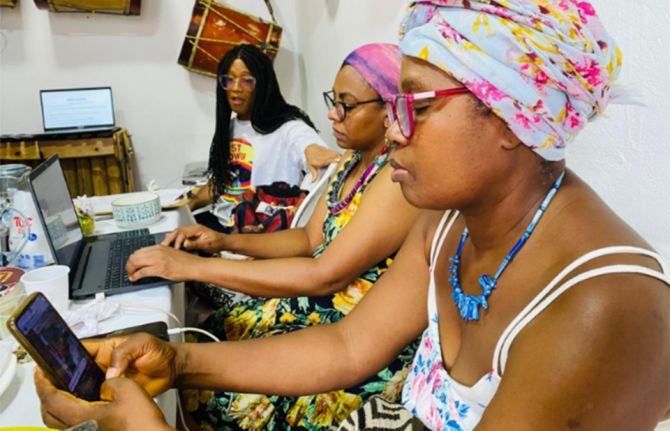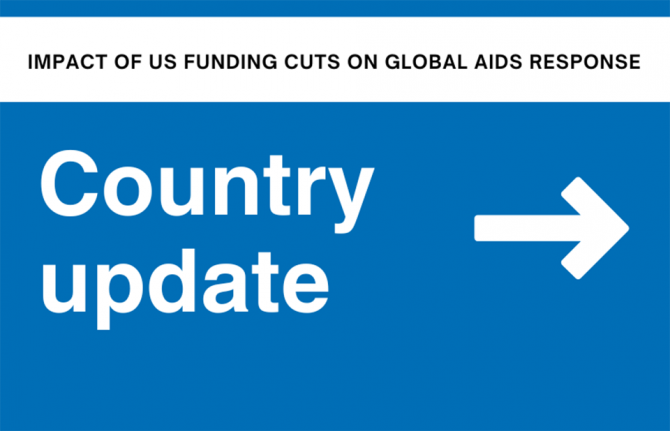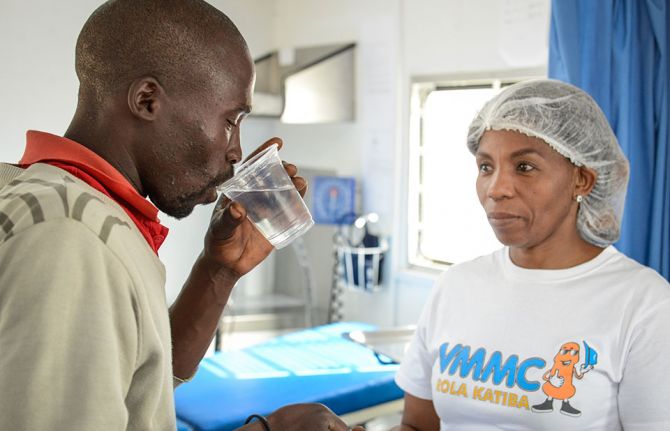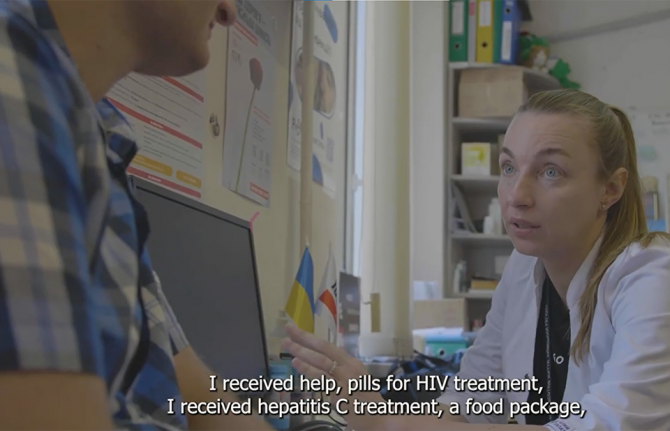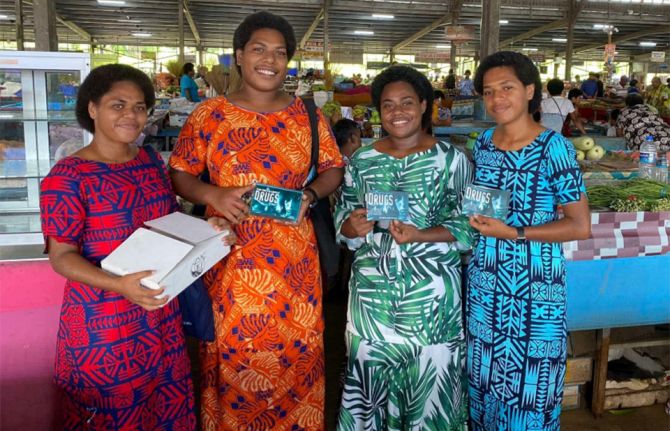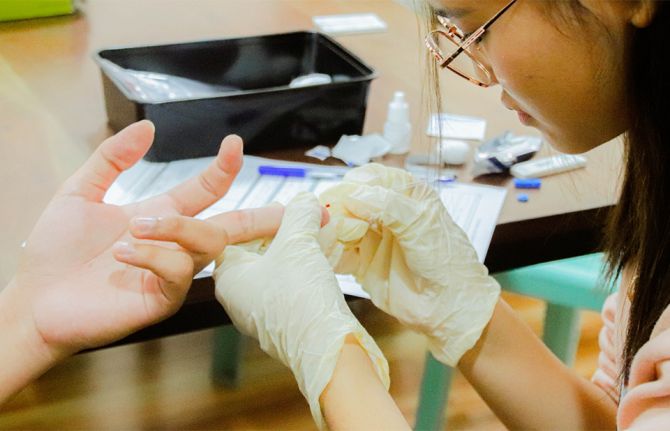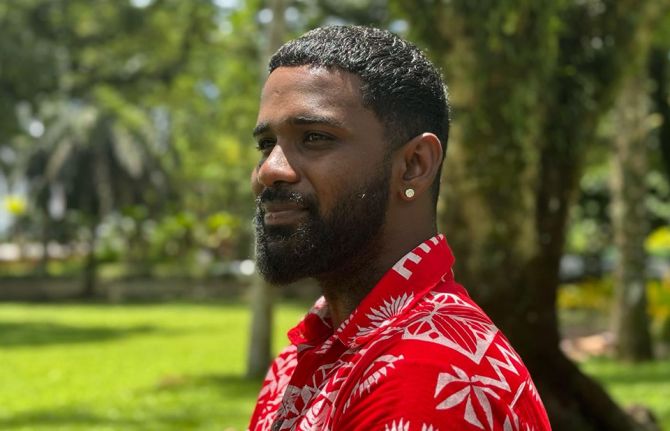

Press Release
UNAIDS calls for urgent global response to Monkeypox Public Health Emergency with rights-based public health and equitable access to vaccines
23 July 2022 23 July 2022GENEVA, 23 July 2022—UNAIDS today called on governments to respond urgently to the World Health Organization declaration of Monkeypox as a Public Health Emergency of International Concern. WHO has received reports over 16 thousand cases in 75 countries. The outbreak is occurring particularly, but not exclusively, among gay men and other men who have sex with men.
“The World Health Organization has issued an urgent call today based on clear evidence that Monkeypox represents a global threat to the health of communities and requires a global response,” said Dr. Matthew Kavanagh, UNAIDS Deputy Executive Director a.i. “This outbreak can be stopped if governments, healthcare providers, communities, and pharmaceutical companies act with urgency. Drawing on the hard-learnt lessons of the response to the AIDS pandemic, effective public health actions must be guided by the principles of solidarity, equality, nondiscrimination and inclusion. The virus, spread through close contact, can affect anyone. But it is currently most impacting gay men and other men who have sex with men, who in many communities face discrimination. Stigma and discrimination undermine epidemic response, sending people with symptoms underground and failing to address the underlying barriers that people face in attempting to protect their own health and that of their community. It can also cause public health authorities to act with insufficient urgency. We urge people to demonstrate compassion to those affected, not discrimination. UNAIDS is urging countries to partner and engage affected communities in the development, implementation, and monitoring of all stages of the response.
“We are concerned that some low- and middle-income countries are struggling to get access to vaccines being deployed now in high income countries. Repeating vaccine nationalism and inequality will prolong the outbreak and unjustly deepen suffering from this virus. We call on governments and vaccine manufacturers to work together to ensure that all those in need can access and benefit from vaccines, including people affected in endemic countries.
“UNAIDS would like to acknowledge the leadership of organizations led by communities of gay, bisexual and other men who have sex with men that, in many countries, have been stepping forward in responding to the outbreak, raising awareness, challenging misinformation and supporting vaccination efforts.”
The Monkeypox outbreak illustrates that communities will continue to face threats from viruses, and that international coordination and solidarity is essential for public health as viruses can only be overcome globally.
UNAIDS urges all media covering Monkeypox to follow the regular updates being issued by WHO.
UNAIDS
The Joint United Nations Programme on HIV/AIDS (UNAIDS) leads and inspires the world to achieve its shared vision of zero new HIV infections, zero discrimination and zero AIDS-related deaths. UNAIDS unites the efforts of 11 UN organizations—UNHCR, UNICEF, WFP, UNDP, UNFPA, UNODC, UN Women, ILO, UNESCO, WHO and the World Bank—and works closely with global and national partners towards ending the AIDS epidemic by 2030 as part of the Sustainable Development Goals. Learn more at unaids.org and connect with us on Facebook, Twitter, Instagram and YouTube.
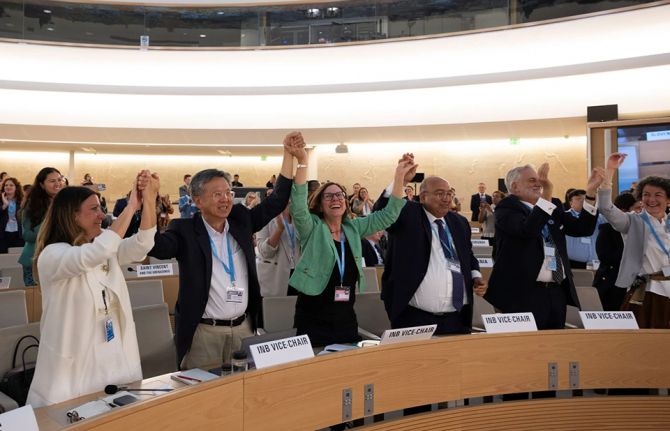
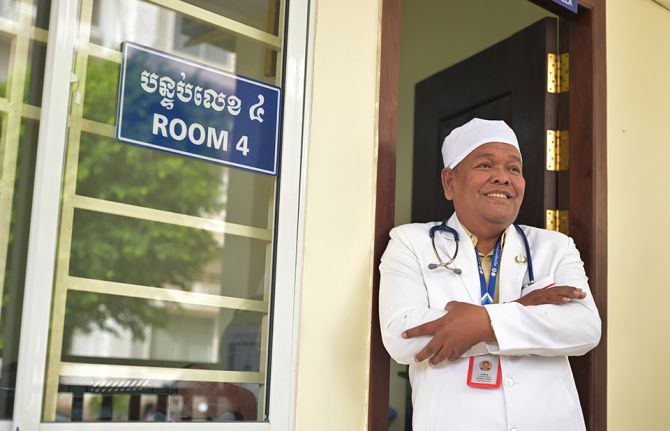
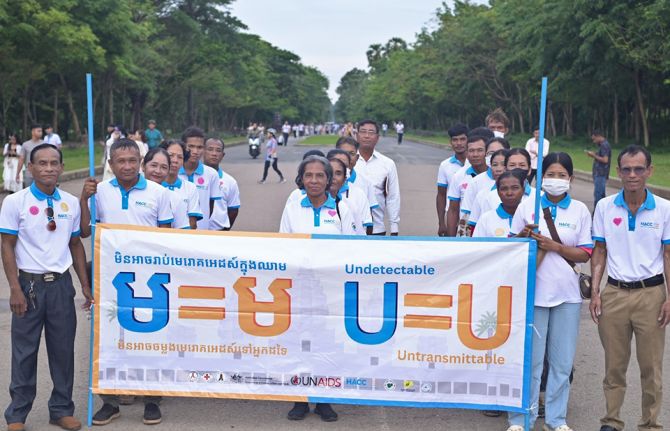

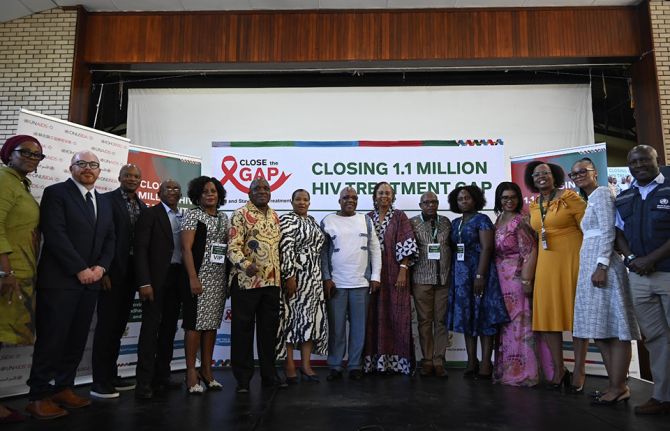
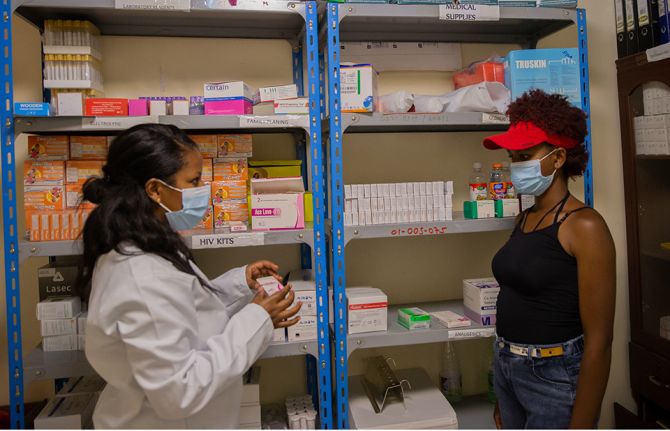


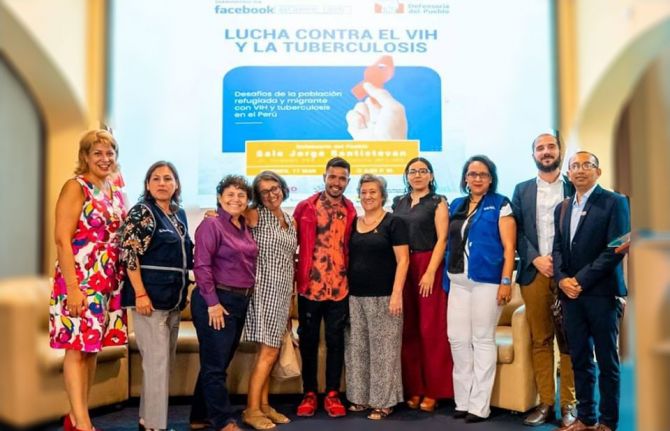
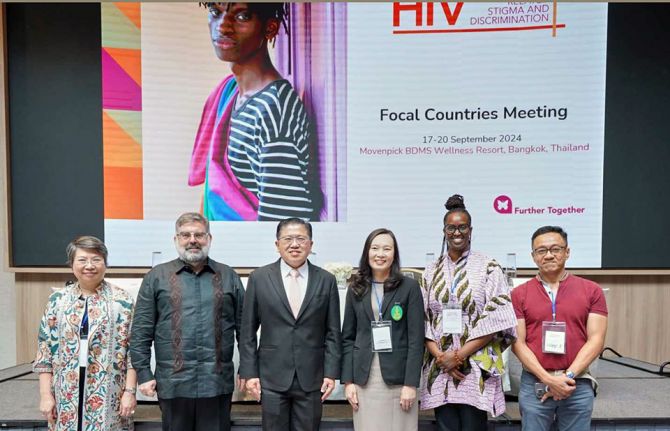
Key publications

Press Release
Around 10 million people living with HIV now have access to antiretroviral treatment
30 June 2013 30 June 2013Biggest year on year increase as numbers of people accessing antiretroviral therapy increase by 1.6 million from 2011 to 2012
GENEVA, 30 June 2013—A new report from the Joint United Nations Programme on HIV/AIDS (UNAIDS), the World Health Organization (WHO) and UNICEF, Global update on HIV treatment 2013: results, impact and opportunities, shows a huge acceleration in the roll out and uptake of antiretroviral therapy since 2011. A record 9.7 million people living with HIV were accessing treatment in 2012 compared to just over 8.1 million in 2011––an increase of 1.6 million in one year alone.
New guidelines from WHO, issued together with the report, give clear recommendations that people living with HIV should start antiretroviral therapy much earlier, and immediately in some instances. Under this new guidance some 26 million (25.9 million) people will now be eligible for antiretroviral therapy, an additional 9.2 million from the previous 2010 guidance.
“It is our moral and scientific obligation to reach as many people as we can with antiretroviral therapy” said Michel Sidibé, Executive Director of UNAIDS. “This is what we will continue to strive for and we believe that we can significantly scale up access to treatment even within the current financial envelope.”
By making strategic efficiencies in HIV programming, UNAIDS estimates that expansion of treatment can be accelerated within the existing resource needs of between US$ 22-24 billion for 2015. “With smart planning, we estimate that cost savings of around 20% could be made by 2015 which, if invested smartly, would allow us to reach yet more people with lifesaving antiretroviral therapy.”
UNAIDS estimates that cost savings could be achieved through three main areas; a reduction in costs of medicines and medical supplies, particularly as volumes increase; simplifying delivery systems; and increasing efficiencies within the overall AIDS response.
Significant successes in reducing costs have been achieved in recent years. For example the price of medicines to prevent mother to child transmission of HIV was reduced from US$ 800 in 2011 to below US$ 100 in 2013. Through a more competitive bidding process, South Africa has reduced the cost of procurement of antiretrovirals to the lowest price anywhere in the world at US$ 113 per person per year for the fixed dose combination recommended in the new guidelines. This has resulted in a 53% reduction in expenditure on antiretroviral treatment for South Africa.
The report also highlights that the United States President’s Emergency Fund for AIDS Relief (PEPFAR) estimates that by leveraging existing opportunities for cost efficiencies it has more than halved the average cost per person receiving treatment in PEPFAR supported programmes––from more than US$ 1000 per person per year in 2004 to less than US$ 400 per person per year in 2011.
Additional savings are expected as methods of testing for HIV become simpler and easier to administer (a fingerpick HIV test for example can now give results in 30 minutes). Other efficiencies are being made as more and more HIV services are being integrated into existing structures such as antenatal clinics and TB facilities.
The challenge set by the new guidelines will encourage countries, donors and partners in the AIDS response to strive for even greater results. If the recommendations in the new guidelines are implemented they would avert an estimated 13.5 million deaths and 19 million new HIV infections by 2025.

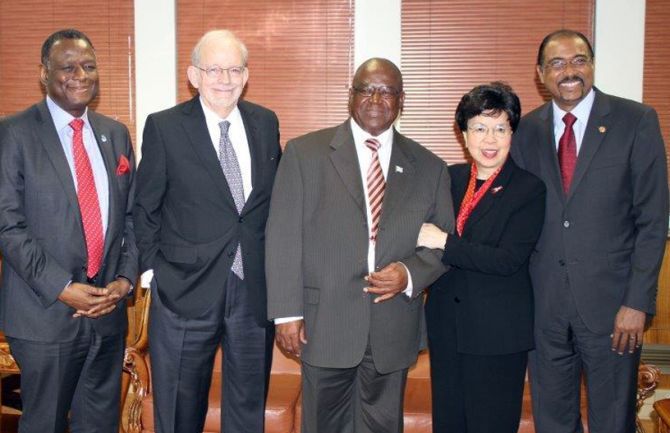
L to R: UNFPA Executive Director, Professor Babatunde Osotimehin, UNICEF Executive Director, Anthony Lake, Minister of Health of Botswana, Rev. Dr John Seakgosing, Director General of the World Health Organization, Dr Margaret Chan and UNAIDS Executive Director, Michel Sidibé. Credit: UNAIDS
Feature Story
United Nations agencies meet with President and government officials of Botswana ahead of High-Level Dialogue on Health
05 March 2013
05 March 2013 05 March 2013Ahead of the High-Level Dialogue on Health in the Post-2015 Development Agenda, held in Gaborone Botswana from 5-6 March 2013, four heads of United Nations agencies met with the President of Botswana, Ian Khama to discuss the meeting’s implications to global health.
President Khama said that his country strongly believed in investing in health and other social sectors as a way forward to economic and social development. The President stressed that despite competing priorities, governments should place human resources at the top of their national development agenda. Without a healthy population, all other priorities become void, he added.
In attendance the Director General of the World Health Organization, Dr Margaret Chan, UNICEF Executive Director, Anthony Lake, UNFPA Executive Director, Professor Babatunde Osotimehin and UNAIDS Executive Director, Michel Sidibé.
According to the 2012 UNAIDS Global Report, service coverage in Botswana to prevent new HIV infections among children reached 94% in 2011. Furthermore, by the end of 2011, more than 175 000 people were receiving antiretroviral treatment compared to 57% in 2004—more than 95% of people eligible.
Later in the day, they met with the Vice President of Botswana, Ponatshego Kedikilwe, Minister for Presidential Affairs and Public Administration, Mokgweetsi Masisi, Minister of Health, Rev. Dr John Seakgosing and Minister of Finance and Development Planning, Ontefetse Matambo.
Quotes
We are convening one of the milestone events in health development here not by coincidence. It is because Botswana's AIDS response has become a model for others.
Related

Feature Story
Eliminating new HIV infections among children and keeping their mothers alive is not just about pills
14 December 2012
14 December 2012 14 December 2012
Credit: UNAIDS/D.Kwande
A mid-term review on the implementation of the Global Plan Towards the Elimination of New HIV infections among Children by 2015 and Keeping their Mothers Alive took place in Nairobi, Kenya from 6-7 December. The two-day workshop discussed the way forward in overcoming three key bottlenecks to achieve the Global Plan targets, including early infant diagnosis, human resources for health and supply chain management.
In June 2011, UNAIDS and the President’s Emergency Plan for AIDS Relief (PEPFAR) unveiled the Global Plan with two main targets for 2015: a 90% reduction in the number of children newly infected with HIV and a 50% reduction in the number of AIDS-related maternal deaths. The Global Plan focuses on 22 priority countries with the highest estimated numbers of pregnant women living with HIV.
Opening the meeting, US Deputy Global AIDS Coordinator Deborah Von Zinkernagel noted the momentum that has been gained in the 18 months since the launch of the Global Plan. “Strong political leadership, progressive policy change, and accelerated programmatic scale up at various levels are helping to significantly reduce new HIV infections among children and AIDS-related deaths among mothers,” said Ms Von Zinkernagel. “While the job is far from done, the intensified efforts of many partners under the Global Plan are advancing our progress towards the goal of achieving an AIDS-Free Generation”, she added.
Speaking about the challenges, participants highlighted that immediate confirmation of HIV infection in children is urgent to ensure timely initiation of antiretroviral therapy, as half of the children infected with the virus die before the age of two years. UNAIDS estimates that in 2010, among 65 reporting countries, only 28% of infants born to mothers living with HIV received an HIV test within the first two months of life. In 2011, 230 000 children died from HIV-related causes worldwide and only 28% of children eligible for treatment were receiving it, compared to 54% of adults.
Participants also stressed that, despite progress made in the provision of services to prevent mother-to-child transmission of HIV, access to appropriate diagnostics and/or treatment for pregnant women still remained inadequately low. According to UNAIDS, the percentage of treatment-eligible pregnant women living with HIV who were receiving antiretroviral therapy for their own health in 2011 was an estimated 30%.
In countries like the Democratic Republic of Congo, Chad, and Nigeria, less than 20% of pregnant women received HIV testing and counselling in 2010. Participants noted that, in some cases, the lack of access to these services is caused by uninformed or misguided government policies that do not prioritise the provision of this life-saving treatment.
Overall supply chain challenges, and in particular, the cost of commodities have overarching implications. Participants agreed that without an effective supply chain, the goals of the Global Plan are impossible to meet. Strategies such as pooling and integrating procurement, strengthening and harmonizing regulatory systems, systems transparency, and improving the accuracy of commodity forecasting to reduce stock wastage are critical to maximize supply chain efficiency. The meeting also discussed the importance of predictable funding and skilled personnel to enable efficient logistics management while lowering costs.
A shortage of human resources for health, including doctors, nurses and midwives was discussed as a major bottleneck in rapidly expanding HIV prevention, treatment and support services for mothers and children. Many of the participating countries are experimenting with task-shifting and task-sharing, as well as working with community and lay health workers in order to stretch the reach of health care services. Strategies that can accelerate the recruitment, retention and retraining of health care providers were shared, such as formalizing the role of community health workers, the development of a formal professional management cadre to oversee health facilities, and accelerated pre-service training schemes.
While the job is far from done, the intensified efforts of many partners under the Global Plan are advancing our progress towards the goal of achieving an AIDS-Free Generation
US Deputy Global AIDS Coordinator Deborah Von Zinkernagel
Participants agreed that eliminating new HIV infections among children and keeping their mothers alive is not, and should not be, just about pills. It is first and foremost about protecting the health, dignity and security of mothers living with HIV and their children. They heard reports of human rights violations of women living with HIV such as mandatory HIV testing, forced sterilizations, as well as stigma and discrimination especially in the health care setting. Networks of women living with HIV demonstrated how they have been overcoming these challenges including sensitizing communities on their rights, demanding action and accountability from governments and other stakeholders, and playing a central role within their country programs to end vertical transmission. During the workshop, participants agreed on key actions required for progress to be made against the targets of the Global Plan in these areas. Participants also discussed the global financing architecture, and how to maximize towards available resources such as Global Fund and PEPFAR, but beginning with their own domestic funding.
Closing the meeting, the Director of the Department of Evidence, Innovation and Policy at UNAIDS Dr Bernhard Schwartlander, commended countries for their rapid momentum. “The call for elimination of new HIV infections among children by 2015 and keeping their mothers alive has been widely heard”, he said, “and countries are now making important and sustained investments for their populations. It is now time to notch up our efforts as we enter the second phase of the Global Plan, and be better accountable to our governments and the people we serve.”
The meeting was attended by government representatives from 16 of the 22 priority countries under the Global Plan, as well as representatives from PEPFAR, the UN, and several global implementing agencies. Others present included Women Fighting AIDS in Kenya (WOFAK), The International Community of Women with HIV/AIDS (ICW), and the Inter-Agency Task Team on the Prevention and Treatment of HIV among Pregnant Women, Mothers and Children.
Related

Feature Story
New guidelines to better prevent HIV in sex workers
11 December 2012
11 December 2012 11 December 2012
The World Health Organization (WHO) in partnership with UNFPA, UNAIDS, and the Global Network of Sex Work Projects, have developed new guidelines to better protect sex workers from HIV and other sexually transmitted infections (STIs).
Sex workers in many places are highly vulnerable to HIV and other sexually transmitted infections (STIs) due to multiple factors, including large numbers of sex partners, unsafe working conditions and barriers to the negotiation of consistent condom use. Moreover, sex workers often have little control over these factors because of social marginalization and criminalized work environments. Alcohol, drug use and violence in some settings may further exacerbate their vulnerability and risk.
“The risk of a sex worker becoming infected with HIV and STIs is far higher than for other people,” said Dr Gottfried Hirnschall, Director of the WHO Department of HIV/AIDS.
The objective of the guidance document, Prevention and treatment of HIV and other sexually transmitted infections for sex workers in low- and middle- income countries, is to provide technical recommendations on effective programmes for the prevention and treatment of HIV and other STIs among sex workers and their clients.
Preventing infection among sex workers has the potential to both improve the health of individual sex workers as well as to slow HIV and STI transmission among wider populations. Early actions in countries as diverse as Brazil, India, Kenya and Thailand have succeeded reducing STI transmission in sex work by increasing condom use, leading to improved health outcomes for sex workers and rapid control of HIV and STI epidemics.
The new WHO guidelines recommend that countries work towards decriminalization of sex work and urge countries to improve sex workers’ access health services. They also outline a set of actions to empower sex workers and emphasize that correct and consistent condom use can reduce transmission between female, male and transgender sex workers and their clients.
Evidence indicates that where sex workers are able to negotiate safer sex, HIV risk and vulnerability can be sharply reduced. The guidelines call for voluntary periodic screening and treatment of STIs for sex workers to both improve their health and control the spread of HIV and STIs.
According to WHO, the evidence-based guidelines are designed for use by national public health officials and managers of AIDS and STI programmes, nongovernmental organizations including community and civil society organizations, and health workers. These guidelines may also be of interest to international funding agencies, the scientific media, health policy-makers and advocates.
Publications
Publications
Related

Feature Story
UNAIDS and PAHO strengthen collaboration towards putting an end to AIDS in the Americas
09 November 2012
09 November 2012 09 November 2012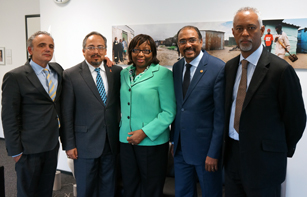
L to R: Luiz Loures, UNAIDS Director of the Political and Public Affairs branch; César Antonio Núñez, Director of the Regional Support Team for Latin America; Dr Carissa Etienne, Director elected of the Pan American Health Organization; Michel Sidibé, Executive Director of UNAIDS; and Ernest Massiah, Director of the Regional Support Team for the Caribbean.
UNAIDS Executive Director Michel Sidibé met on 7 November with the recently appointed Director of the Pan American Health Organization (PAHO) Dr Carissa Etienne at the UNAIDS Headquarters in Geneva to strengthen collaboration towards putting an end to AIDS in the Americas.
"We can build on the successes of the Americas, a region that was one of the first to eliminate measles and polio,” said Mr Sidibé. “There is no reason why this region cannot be the first to end AIDS.”
During the meeting, they exchanged ideas on how to increase joint efforts to achieve the Millennium Development Goals by 2015 and to ensure that health and HIV are part of the post 2015 agenda.
"As we look forward, HIV and health are key for the region, and for global development,” said Dr Etienne. “PAHO will play a key role in moving this agenda forward and with UNAIDS, the Americas can be the first region to see the end of AIDS.”
Dr Carissa Etienne, a native of Dominica, was elected as the new PAHO Director during the 28th Pan American Sanitary Conference that took place from 17-21 September 2012 in Washington D.C. and will begin her five-year term on 1 February 2013. Dr Etienne is currently Assistant Director General, Health Systems and Services, of the World Health Organization (WHO) in Geneva.

Feature Story
TB and HIV integration discussed at AIDS 2012
22 July 2012
22 July 2012 22 July 2012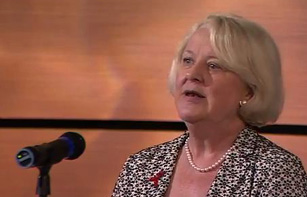
Ms Jan Beagle, UNAIDS Deputy Executive Director, Management and External Relations, spoke during the show and reiterated UNAIDS’s commitment to working with partners in support of the global target to halve TB deaths in people living with HIV by 2015.
Credit: UNAIDS
Tuberculosis (TB) remains one of the leading causes of death among people living with HIV globally, yet TB is mostly preventable and curable. Reducing TB deaths in people living with HIV by 50% by 2015 is one of the 2015 global AIDS targets.
To give voice to TB and HIV affected communities around the world by sharing their experience and views on the way forward in the fight against the two diseases, a live web casted talk show took place during the International AIDS Conference entitled “Tuberculosis + HIV: Protecting the Vulnerable”.
The talk show was hosted by Jeanne Meserve, former CNN and ABC reporter, and Gerry Elsdon, the International Federation of Red Cross and Red Crescent Societies (IFRC) TB Goodwill Ambassador and a South African TV personality who suffered from tuberculosis in the past. The show brought together a dynamic group of women and young people who have suffered from tuberculosis and HIV, as well as the representatives of multilateral organizations such as the Stop TB Partnership, WHO, IFRC, the Global Fund to fight HIV/AIDS, TB and Malaria, and UNAIDS.
The talk show also featured video addresses by Archbishop Tutu, who himself is a former TB patient and Jorge Sampai, UN Secretary-General Special Envoy for Tuberculosis.
Panelists took the opportunity to highlight the need for a closer collaboration between HIV and TB programmes, and about the urgent need for better investment in TB research. They also emphasized the need to invest more in integrating TB screening, treatment and care into antenatal care and maternal and child health services in general. Children most frequently get TB infection from a close relative, usually their mother, thus preventing, diagnosing and treating TB in women will reduce the risk of TB infection and disease in children.
Ms Jan Beagle, UNAIDS Deputy Executive Director, Management and External Relations, spoke during the show and reiterated UNAIDS’s commitment to working with partners in support of the global target to halve TB deaths in people living with HIV by 2015. She underscored that “UNAIDS advocates for TB service providers to reach many who are the most vulnerable and at risk, but who have the greatest problems in accessing services – migrants, indigenous people, prisoners, sex workers and women and children affected by poverty, violence, stigma and discrimination.“
The talk show was organized by the Stop TB Partnership and the International Federation of Red Cross and Red Crescent Societies.
Multimedia
Multimedia
External links
External links
Related

Feature Story
More effective AIDS coordination at country level discussed at AIDS 2012
22 July 2012
22 July 2012 22 July 2012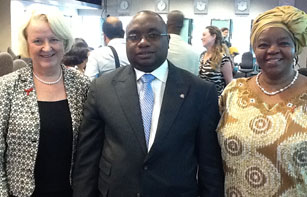
L to R: UNAIDS Deputy Executive Director, Management and Governance, Ms Jan Beagle, Minister of Public Health, Democratic Republic of Congo, HE Felix Kabange, and the UNAIDS Director, Regional Support Team for Eastern and Southern Africa, Sheila Tlou.
Evidence indicates that coordination and governance of the HIV response have posed significant challenges for many countries. To review lessons learned and establish key principles for more effective coordination of the AIDS response, a meeting took place during the International AIDS Conference entitled Fit for purpose: striving for more effective AIDS coordination at country level.
The meeting brought together representatives of National AIDS Commissions, civil society organizations, regional bodies and development partner organizations to reflect and re-direct energies to explore what a truly country owned and accountable public sector governance body for HIV should look like.
Participants at the meeting took the opportunity to debate about the future of coordination of the AIDS response and to agree on key principles for a framework of effective response coordination, through shared responsibility and global solidarity.
The principles presented focused on, amongst other things, the need for governments to take the lead of the AIDS response in the context of shared responsibility and global solidarity, inclusion of multiple stakeholders in the AIDS response, cross learning between other areas of health, development and HIV programming, and development of AIDS programmes based on country priorities and local experience of what works to achieve maximum accountability.
Ms Jan Beagle, UNAIDS Deputy Executive Director, closed the meeting by urging the participants to celebrate the successes they have achieved so far in tackling AIDS, while also looking to what more can be done in order to ‘get to zero’ new infections, AIDS related deaths and AIDS related stigma and discrimination, using actions and mechanisms that will be sustained and owned by national stakeholders. She emphasized that the positive lessons from the last decade of AIDS coordination need to be brought into the discussion, especially how coordination structures and processes have boosted greater transparency, inclusion of non-governmental stakeholder and emphasized equity and human rights.
The meeting was organized by UNAIDS, together with the World Bank, the United Nations Development Program, the World Health Organization, the German Agency for International Cooperation and the Global Fund to Fight AIDS, TB and Malaria.
Related
 Building country-led sustainable HIV responses
Building country-led sustainable HIV responses

20 December 2024
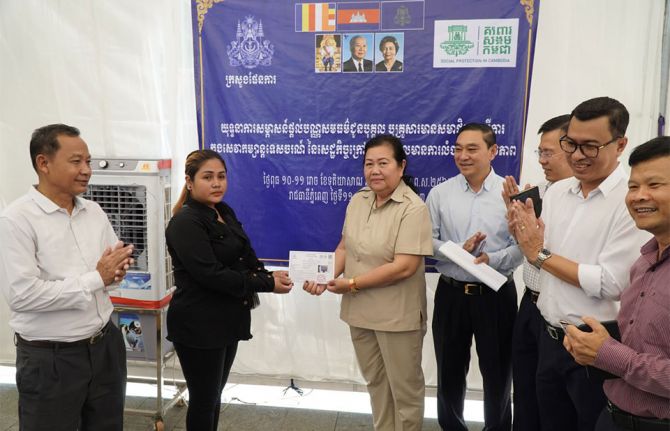 Cambodia social protection for people living with HIV
Cambodia social protection for people living with HIV

15 December 2023

Feature Story
United Nations Secretary-General Ban Ki-moon leads a high-level mission to India in support of the Every Woman Every Child initiative
04 May 2012
04 May 2012 04 May 2012
The UN delegation visited Cama Hospital and the Sir J.J. Hospital—two leading health facilities in the Indian state of Maharashtra that provide health services for pregnant women and children.
On 28 April, United Nations Secretary-General Ban Ki-moon led a high-level mission to Mumbai, India in support of the Every Woman Every Child initiative. During the visit, the Secretary-General commended Indian officials for the progress made in the AIDS response. Mr Ban also encouraged the Government of India to continue efforts to eliminate new paediatric HIV infections by 2015—one of the objectives of the Secretary-General’s five-year action plan.
The Every Woman Every Child initiative is a global effort that was launched in 2010 by Secretary-General Ban Ki-moon to mobilize and intensify global action to save the lives of 16 million women and children and improve the lives of millions more.
Mr Ban was joined by senior UN health officials including the Director-General of the World Health Organization Margaret Chan, the Executive Director of the UN Population Fund Babatunde Osotimehin, the Executive Director of the Joint United Nations Programme on HIV/AIDS, Michel Sidibé, the Deputy Executive Director from the UN Children's Fund, Geeta Rao Gupta and the United Nations Secretary-General’s Special Envoy for Malaria Ray Chambers.
During the visit the Secretary-General, Mrs Ban and his delegation visited Cama Hospital and the Sir J.J. Hospital—two leading health facilities in the Indian state of Maharashtra that provide health services for pregnant women and children.
Mr Ban’s mission concluded with a high level reception hosted by Millennium Development Goals advocates Mukesh Ambani and Ray Chambers, which featured interaction with some of India’s leading AIDS activists, people living with HIV, business and government officials as well as film stars and sports legends. During the reception the Mr Ban announced the appointment of Mr Prasada Rao as his new Special Envoy for HIV/AIDS in the Asia-Pacific region.
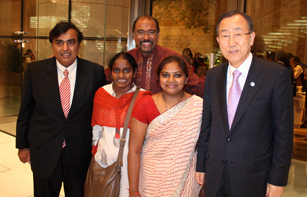
L to R: Millennium Development Goals advocate Mukesh Ambani, Kausalya from Positive women network (PWN+), UNAIDS Executive Director Michel Sidibé, Daksha Patel from Gujarat Network of People Living with HIV (GNP+) and United Nations Secretary-General Ban Ki-moon.
The UNAIDS Executive Director Michel Sidibé travelled to India’s capital New Delhi where he met with the Minister of Health and Family Welfare Shri Ghulam Nabi Azad. During their meeting, Mr Sidibé commended India for its new National AIDS Control Programme (NACP-IV) which was developed by national experts and will be funded primarily from domestic sources.
Mr Sidibé paid special attention to India’s role and contribution as a priority country in the implementation of the Global Plan towards the elimination of new HIV infections among children by 2015 and keeping their mothers alive. It is expected that the national recommendations on the elimination of new HIV infections among children in India will phase-out of single dose nevirapine in the coming months. Mr Sidibé had the opportunity to see first-hand how services to prevent mother-to-child HIV transmission are being scaled-up at the Ambedkar Hospital, one of Delhi’s largest hospitals.
A high level round table organized by the Federation of Indian Chambers of Commerce and Industry (FICCI) and UNAIDS brought together more than 50 participants including leading representatives from the Indian pharmaceutical industry and the government under the theme “India’s partnership with Africa in pharmaceuticals”. Mr Sidibé encouraged the Indian pharmaceutical industry to seize the opportunities to scale up access to HIV treatment in Africa and engage as strategic partner for the development of pharmaceutical production in Africa.

